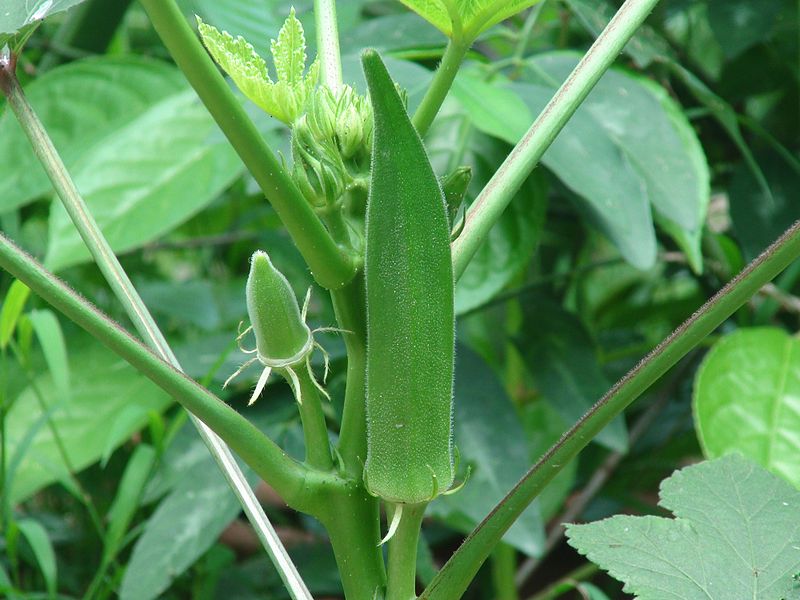Basics for Growing Okra
go.ncsu.edu/readext?699161
en Español / em Português
El inglés es el idioma de control de esta página. En la medida en que haya algún conflicto entre la traducción al inglés y la traducción, el inglés prevalece.
Al hacer clic en el enlace de traducción se activa un servicio de traducción gratuito para convertir la página al español. Al igual que con cualquier traducción por Internet, la conversión no es sensible al contexto y puede que no traduzca el texto en su significado original. NC State Extension no garantiza la exactitud del texto traducido. Por favor, tenga en cuenta que algunas aplicaciones y/o servicios pueden no funcionar como se espera cuando se traducen.
Português
Inglês é o idioma de controle desta página. Na medida que haja algum conflito entre o texto original em Inglês e a tradução, o Inglês prevalece.
Ao clicar no link de tradução, um serviço gratuito de tradução será ativado para converter a página para o Português. Como em qualquer tradução pela internet, a conversão não é sensivel ao contexto e pode não ocorrer a tradução para o significado orginal. O serviço de Extensão da Carolina do Norte (NC State Extension) não garante a exatidão do texto traduzido. Por favor, observe que algumas funções ou serviços podem não funcionar como esperado após a tradução.
English
English is the controlling language of this page. To the extent there is any conflict between the English text and the translation, English controls.
Clicking on the translation link activates a free translation service to convert the page to Spanish. As with any Internet translation, the conversion is not context-sensitive and may not translate the text to its original meaning. NC State Extension does not guarantee the accuracy of the translated text. Please note that some applications and/or services may not function as expected when translated.
Collapse ▲Okra is a garden staple in many vegetable gardens in the Piedmont. The first summer after I moved to Union County I noticed large plantings in vegetable gardens all around the county. I have always grown okra in my own garden and love it for the tropical look of its large leaves and ornamental flowers as much as for the edible pods it produces. The flowers are edible and make great additions to salads, just don’t pick them all as the flower, once pollinated, produces the pods.
This is one crop you can grow that can handle the heat of our North Carolina summers. It is a member of the Mallow family which includes cotton and hibiscus. You can see the resemblance to these plants in the flowers and the leaves.
Okra seed should be sown when soil temperatures are above 65°. It likes a well-drained soil, high in organic matter, with a soil pH around 6. If you haven’t tested your soil, use a complete fertilizer but don’t overdo. Too much nitrogen can result in lots of growth and reduced flower & fruit production. Though fairly drought tolerant, keeping the soil moisture level uniform is critical for pod set and development.
Okra should be harvested while small, within just a few days after it develops from the pollinated flower. When the pods grow larger, they become tough and fibrous making them inedible. If you allow the pods to grow large it actually inhibits new pod production and reduces its productivity.
Often in the hottest and driest part of the summer in mid-July to mid-August, okra may slow or cease flower production. If this happens, you can try a method called ratooning – you simply cut the stems to 6-12” above the soil. Then fertilize and irrigate to stimulate new growth, and you will be rewarded with flowers and fruit until frost (not to mention you will be able to reach the fruit to harvest it!).
Okra can be eaten fresh, boiled, in soups and gumbo, and fried. Paige Burns a colleague in Richmond County recommends quick frying cut okra in a hot skillet with plenty of butter, and salt and pepper to taste, for a great alternative to the traditional breaded version.





